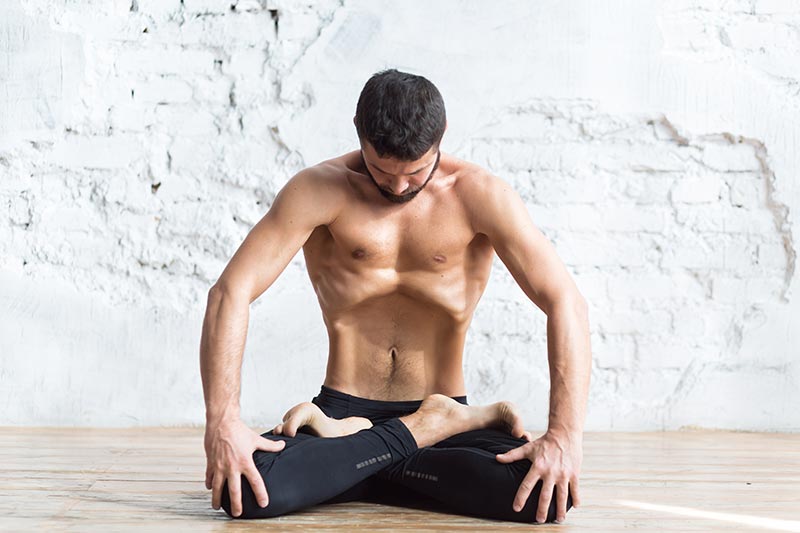In your pranayama journey the more you practice and master the simpler techniques, the easier it is to move on to the challenging ones, and Bahya pranayama is one of them. The word Bahya translates to “Outside” in Sanskrit and is named so, as this technique requires you to hold your breath and keep the air outside for several seconds. All pranayama work on the lungs but Bahya pranayama benefits the stomach. Read on to learn how to perform this breathing technique and the benefits that it offers.
How to perform Bahya?
Bahya pranayama has three steps: inhalation, exhalation, and retention. Here’s a titbit on how to build your own bahya pranayama technique; remember the ratio 1:2:3, that is if you inhale for 4 seconds then you should exhale for 8 seconds and hold your breath (retention) for 12 seconds. So time your inhalation and build on that.
- Sit in padmasana (lotus position) with your eyes closed and back erect.
- Breathe in deeply (note how many seconds)
- Exhale completely
- Hold your breath, as you hold your breath these are the three locks you must practice; touch your chin to your chest (Jalandhar Bandha or Throat lock), pull your stomach in under the rib cage so that it seems to touch the spine from the inside (Uddiyana Bandha) and then lift the muscle from the groin area upwards (Mulabandha or root lock).
- Hold this position for as long as you can, calming your mind and expelling the negativity.
- Inhale deeply and release all the blocks one by one and relax.
- Repeat this process 5-10 times.
If you’re a beginner try practicing this pranayama in front of the mirror so you can visualize and ensure proper application of the blocks.

When to perform Bahya?
- It is better to perform bahya pranayama after kapalbhati pranayama as the vital energy produced during kapalbhati evolves; known as the kundalini
- In the morning; as this breathing technique can also bring about a sense of tranquility, that can be carried through the rest of the day
Benefits of Bahya pranayama
- Strengthens the digestive system and thereby improves digestion.
- Helps bring about a sense of tranquility and calms the mind.
Precautions
- Do not perform this breathing technique if you are pregnant, planning to become pregnant or menstruating.
- The pranayama must be done on an empty stomach with at least a 5-hour space between practice and meal.






